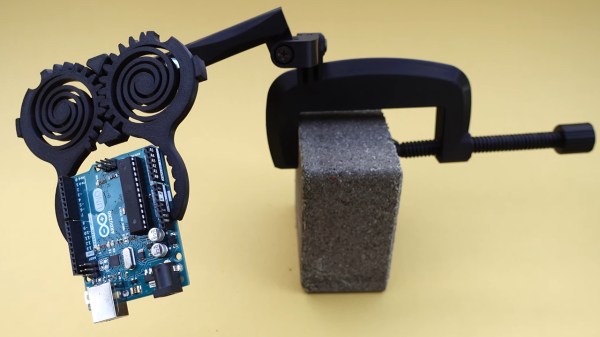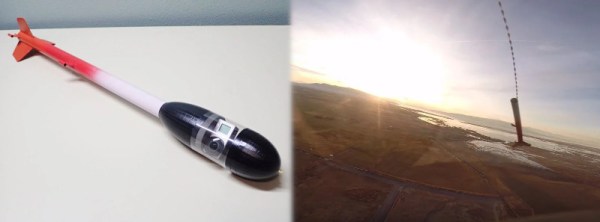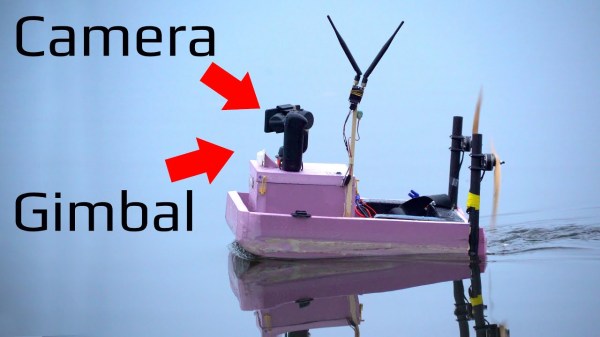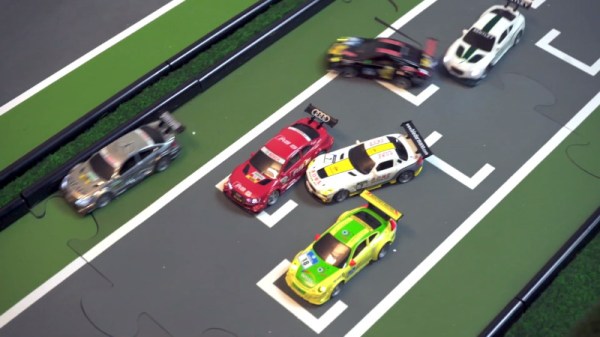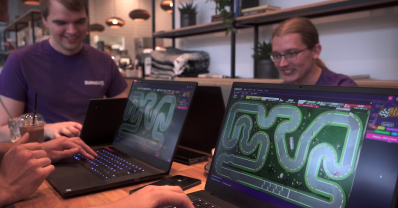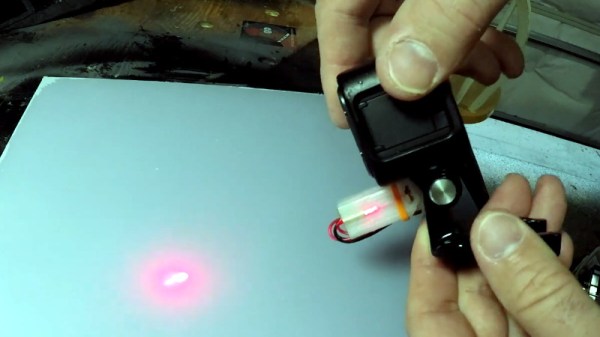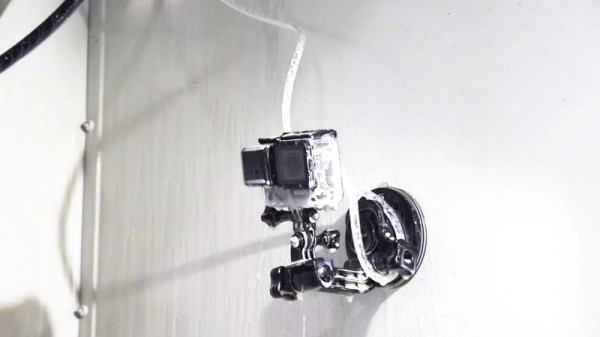We probably don’t have to promote the benefits of a third hand or PCB holders in general, such is their obvious utility. While you can arrange some boxes and pile up tools on your bench to get a similar result, a good grip and flexibility to move the PCB around during soldering or performing any other work on it makes life just so much easier. Thanks to 3D printing there have been plenty of inspiring designs that go beyond the usual clumsy-yet-cheap croc clip version of it, and [SunShine] adds one on to the list with his spring-loaded print-in-place PCB gripper, demonstrated in this video and available on Thingiverse.
The gripping part’s design is based on a spring-loaded box [SunShine] created a little while back — which you can read more about in his Instructable. The holder itself comes in two varieties: one that brings its own stand, and one that has a GoPro mount. The first one is really more to show off the design, and while the gripping part is fully functional, it might not perform too well with heavier boards and easily tip over. Sure, a bigger bottom or mounting it to something more sturdy will fix that, but so will the GoPro-mount version, which also adds the whole flexibility aspect.
If you do prefer something standing more sturdily on your desk though, have a look at the concrete-mounted solder squid from earlier this year. And if you’re interested in more of [SunShine]’s work, check out his 3D-printed brush collection.
Continue reading “Print-in-Place Helping Hand Grabs A Hold Of Your PCB”

